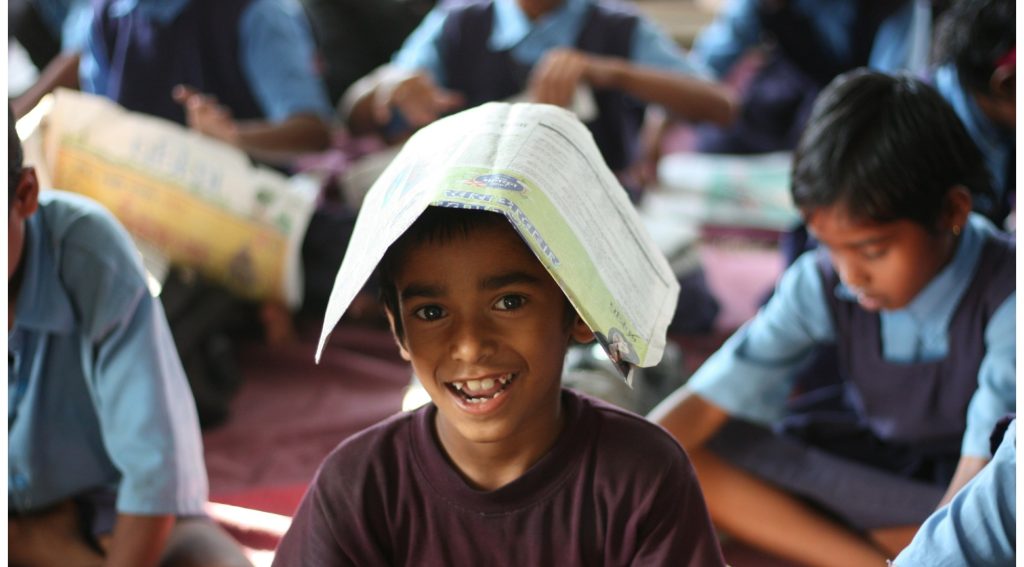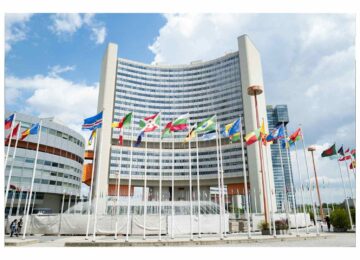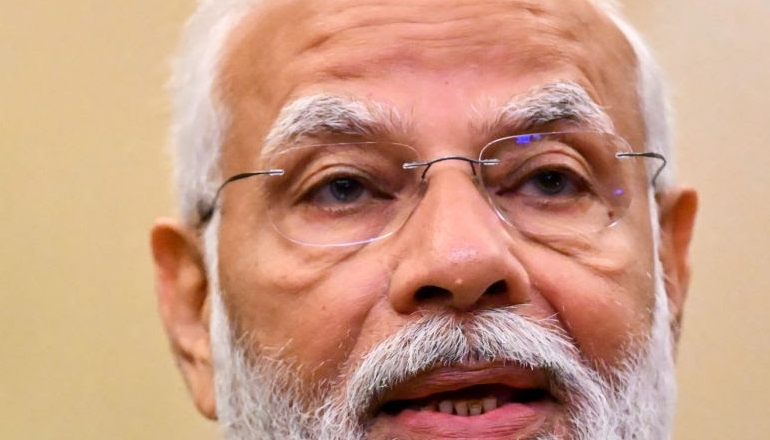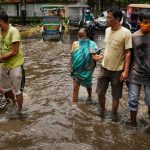For the past few years, schools across India have faced significant operational disruptions (classroom time) during the summer months (March to June). Extreme temperatures, often reaching 45-47°C, led to widespread reductions in school hours and heightened concerns about heatstroke among students. This recurring issue presented substantial challenges for maintaining a conducive learning environment. While the arrival of the monsoon rains was anticipated for relief, it frequently brought severe flooding, further impacting school accessibility and student attendance. These environmental challenges have consistently disrupted the academic calendar.
A Generation’s Learning Slips Away
According to a recent global report by UNESCO’s Global Education Monitoring (GEM) team, Monitoring and Evaluating Climate Communication and Education (MECCE) project and University of Saskatchewan in Canada has pointed out that, over the past 20 years, schools were closed in at least 75 per cent of the extreme weather events, impacting five million people or more.
The report reveals that children exposed early to extreme heat may lose as much as 1.5 years of schooling, particularly affecting low-income countries, and threatens educational progress. The global report flagged that climate-induced education vulnerability is worse for marginalised populations. Of the 10 countries most affected by extreme weather events in 2019, eight were low- or lower-middle-income countries.
India, home to the world’s largest child population, is being hit especially hard. In 2024 alone, over 54.8 million children across the country suffered school disruptions during record-breaking heatwaves. Last summer, authorities in Rajasthan, Uttar Pradesh, West Bengal, and Meghalaya were forced to send students home early, cancel exams, or announce school holidays as temperatures soared past 45°C. Some students in rural classrooms faced suffocating conditions with no fans or electricity—a critical issue, as only 85% of schools in India have a reliable power connection.
But the disruption is not just from heat. In Assam, Kerala or Bihar (to name the few), the annual deluge brings another calamity. In the 2023 monsoon, thousands of schools were damaged or used as flood shelters, loosing out on academics. Floods, meanwhile, destroy schoolbooks, uniforms, and the infrastructure that enables learning. Across South Asia, climate disaster is now the top reason for children missing weeks—or even months—of schooling.
The Hidden Costs: Performance and Dropouts
For many children it’s not only about missing class—it’s about falling behind. The UNESCO report highlights that every 0.5°C increase in local temperatures corresponds to a 2% drop in upper primary exam pass rates in India. A single hot year can cut the number of top-performing students by nearly a fifth. Prolonged heat also brings more days of illness, increased air pollution, and stress, all feeding a vicious cycle of absenteeism and poor performance.
The impact is sharper in marginalized communities. In under-resourced government schools in Uttar Pradesh and Odisha, adaptation options are scarce —no coooling option (fans/ACs), patchy electricity, cramped classrooms—leaving the underprevilaged children to suffer the most. For girls in particular, repeated disruptions raise the risk of permanent dropout, threatening further cycles of poverty.
What Can Be Done?
Yet, hope glimmers in pockets of resilience. Some schools are planting trees around their campuses. Research shows that just a few hectares of greenery can buffer exam performance from the effects of heat by lowering temperatures and improving air quality. In Assam, disaster management plans and teacher training have made a difference. In 81% of schools that had an emergency plan during recent floods, learning could continue more quickly, and students felt safer.
The Indian government is now weaving climate awareness into school subjects, and there’s a push for better infrastructure—stronger buildings, more reliable power, and cool, shaded classrooms. But as climate disasters become more frequent and severe, experts say systemic action is urgently needed.
A Call for Urgent Change
Every lost day in the classroom is a blow to the aspirations of millions and to the promise of India’s future. As climate change redraws the map of childhood, protecting education is no longer just about books and teachers; it’s about building safe, resilient spaces where children can learn in a changing world.
Until then, children across India will continue to measure their years not in semesters or final exams, but in the missed lessons brought by the blazing sun and rising water.













